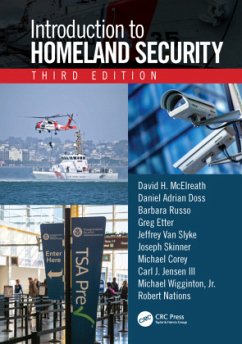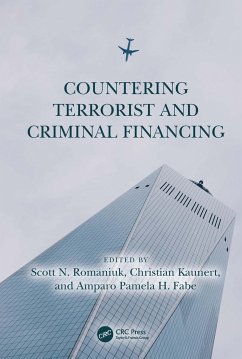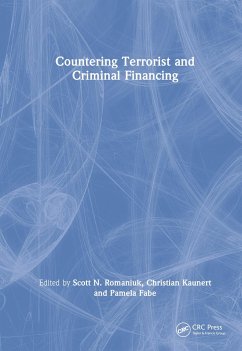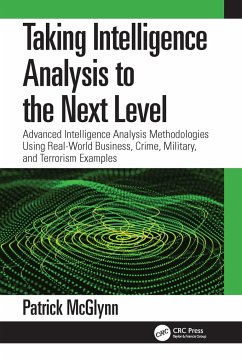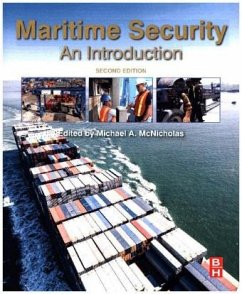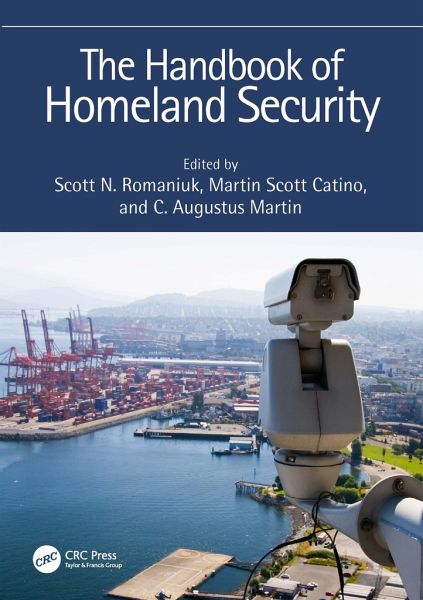
The Handbook of Homeland Security
Versandkostenfrei!
Versandfertig in 6-10 Tagen
84,99 €
inkl. MwSt.

PAYBACK Punkte
42 °P sammeln!
The Handbooks of Homeland Security Handbook is a convenient, one-stop reference and guide to the latest regulations and developments in all things relevant to the homeland security and defense domain.The book is divided into five parts and addresses such critical areas of as countering terrorism, critical infrastructure protection, information and cybersecurity, military and private sector support for Homeland Security, risk assessment, and preparedness for all-hazards and evolving threats. In total, more than 100 chapters outline the latest developments in homeland security policies, directiv...
The Handbooks of Homeland Security Handbook is a convenient, one-stop reference and guide to the latest regulations and developments in all things relevant to the homeland security and defense domain.
The book is divided into five parts and addresses such critical areas of as countering terrorism, critical infrastructure protection, information and cybersecurity, military and private sector support for Homeland Security, risk assessment, and preparedness for all-hazards and evolving threats. In total, more than 100 chapters outline the latest developments in homeland security policies, directives, and mandates as well as emergent threats and topical considerations for the Department of Homeland Security (DHS) and its stake-holders.
The diverse array of chapter topics covered-contributed to by dozens of top experts in the field-provides a useful and important resource for any student, professional, researcher, policy-maker, or library in understanding the domestic initiatives of public-sector Homeland Security entities and their responsibilities in the current global environment.
The book is divided into five parts and addresses such critical areas of as countering terrorism, critical infrastructure protection, information and cybersecurity, military and private sector support for Homeland Security, risk assessment, and preparedness for all-hazards and evolving threats. In total, more than 100 chapters outline the latest developments in homeland security policies, directives, and mandates as well as emergent threats and topical considerations for the Department of Homeland Security (DHS) and its stake-holders.
The diverse array of chapter topics covered-contributed to by dozens of top experts in the field-provides a useful and important resource for any student, professional, researcher, policy-maker, or library in understanding the domestic initiatives of public-sector Homeland Security entities and their responsibilities in the current global environment.





